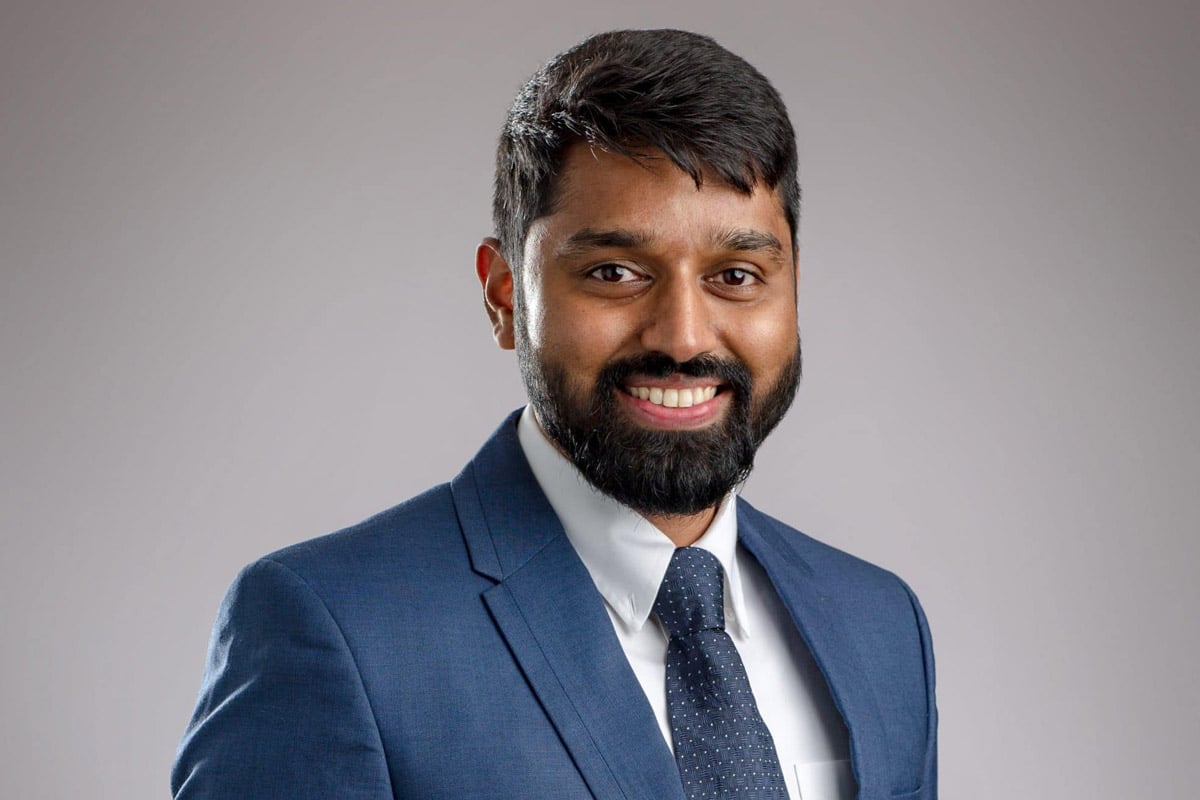Business commerce, fintech, healthtech and edtech sectors will be the new drivers of the sector, with their contribution projected to double by 2030, says new research
The New Year is predicted to be a watershed year for online commerce in the Middle East and North Africa (MENA), propelling the region’s digital economy in a big way to take it to a whopping $0.5 trillion by 2030 from an estimated $100 billion in 2022, a new research said.
Business commerce (b2b), fintech, healthtech and edtech sectors will be the new drivers of the sector, with their contribution projected to double during the period, the research by leading global digital services consultancy RedSeer Strategy Consultants said.
MENA region’s digital economy is also projected to become more inclusive, with non-GCC country contributions set to rise to more than 35 percent in the run up to the $0.5 trillion milestone.
“MENA will see a hyper growth in digital economy from 2023, with close to 40 percent rise in growth outside the GCC block. The region will also see innovative models sprouting up such as d2c (direct-to-consumer), social commerce and SaaS during the period,” RedSeer said.
“The surge in the digital economy will also lead to a plethora of entrepreneurial opportunities as the market is still very fragmented. This will have an immense impact on job creation [in the region],” the research said.
Leading new age business players are upbeat about the projected surge in e-commerce and other online economic activities, with many of them gearing up with aggressive plans to tap the opportunities.
Sign up for our free newsletter
“It’s inspiring to see digital economies in the Middle East thrive in 2022 [and beyond], both within and beyond the GCC,” co-founder and chief executive officer of Careem Mudassir Sheikha told Arabian Business.
“As homegrown startups introduce more innovative products and services, there is a unique opportunity [for them] to catch up or leapfrog progress in other parts of the world,” Sheikha said.
Sheikha also pointed out that most of the 500 million people in the broader region cannot take basic necessities for granted – whether it is clean water, uninterrupted power or reliable transport.
“This presents a tremendous opportunity for technology to simplify life and unleash even more potential in the region,” the head honcho of the online ride-hailing-to-shopping-to-delivery major said.

The RedSeer study also said as many as 125 million new digital users are expected to be added in the region by 2030.
“Most of this will mainly be coming from beyond the GCC,” it said.
The study also revealed that digital economy contributed seven percent to private consumption in the region in 2022.
“The thrust provided to the digital economy over the last two years helped the MENA region leapfrog stages of high cash burn and reach critical mass of adoption across key sectors,” Akshay Jayaprakasan, associate partner at RedSeer, told Arabian Business.
“And now as the world goes through a slight correction in growth, our region is placed on a springboard to scale more heights,” Jayaprakasan said.

The RedSeer senior executive said better unit economics and higher capital efficiency are further indications of the potential that the region holds during a time when private equity-venture capital (PE/VC) discussions have moved from ‘growth multiples’ to ‘burn multiples’.
Significantly, the RedSeer study also revealed that MENA is a silver lining amid a muted global funding environment.
“MENA saw about a 20 percent funding increase in 2022, while globally it declined by approximately a similar percentage,” it said.
Besides, funding is seen more democratized across sectors and regions within MENA, with the UAE and Saudi Arabia accounting for only about 60 percent of the deals.
“Rest of MENA is seeing more investor interest. Egypt became a new focal point, with about 24 percent deal share,” RedSeer said.
Khaldoon Tabaza, founder and managing director of iMENA Group, which describes itself as company builders and venture capitalists, said he saw two key trends in funding in 2022.

“Firstly, the year cemented the position of key market leaders in the region who have far surpassed the key milestone of profitable scalability – which we view as exceeding $15 million of real revenue (take-in rate) – becoming profitable at least in their home market, and still growing at 50 percent per annum. Those are the market leaders that have a straight line of sight to $100 million of real revenue along with attractive profit margins.
“Secondly, the ecosystem seems to be filtering out GMV only type or businesses that promoted $100s of millions of revenue accompanied in most cases with negative unit economics,” Tabaza told Arabian Business.
He said sadly, those businesses cannot be sustainable in a selective funding environment and as such, they are destined to consolidate or accept down rounds of funding at best.
“Last but not least, 2023 will be a great time for builders, which includes founders and organizations with unfair advantages that can start new ventures and scale them in a cost efficient manner,” Taabaza said.





